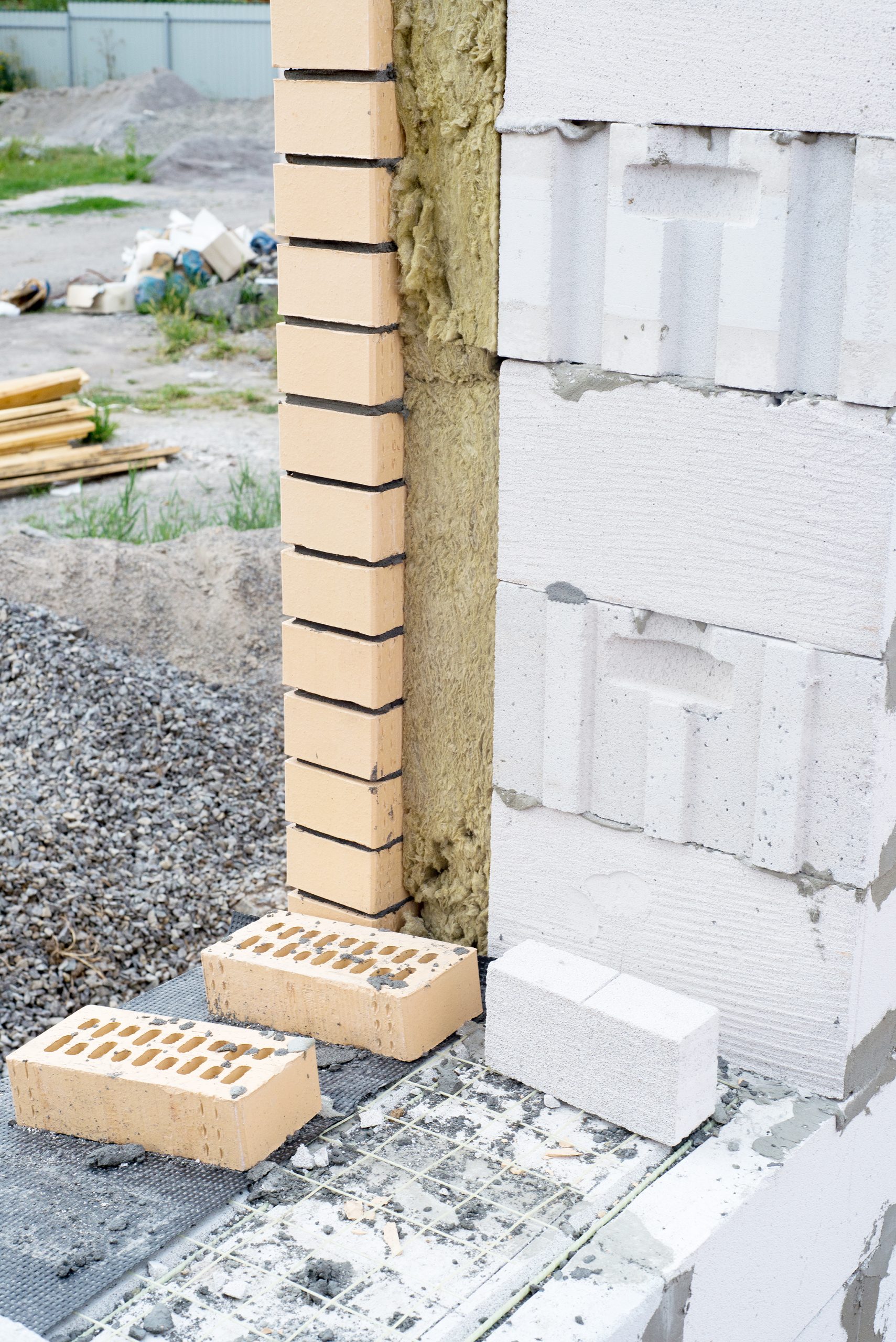Blog
Can Cavity Wall Insulation Cause Damp Problems?

Cavity wall insulation is a technique of insulation that is designed to keep heat within a house by closing the gap between the two external masonry walls. By filling the gap, the heat doesn’t escape through the walls and is instead directed back into the house, therefore minimising energy bills and making a house eco-friendlier with less of a reliance on fossil fuel-powered gas and heating.
The government has introduced a number of schemes to make cavity wall insulation more affordable and accessible to homeowners, specifically those whose homes are not newly built and where holes will need to be drilled in the external wall to insert the filling.
The initiative and drive behind cavity wall insulation is based on good reasoning that will save money and work to protect the environment, but as more people get it installed, one major pattern is arising: damp.
Why Does Cavity Wall Insulation Encourage Damp?
The United Kingdom is relatively wet, with rainfall prominent throughout the year. Whilst it’s generally a nation of rain, the UK is separated into four different areas depending on the weather pattern. This means not all properties are suitable for cavity wall insulation, even if they do have cavity walls.
Houses that are situated in areas of heavy rain often driven by the wind are generally not considered suitable for cavity wall insulation. This means many properties in the west may not be candidates due to the heavy rainfall, compared to places like London which are mostly dry.
In addition to weather patterns and the level of rainfall, the condition of the exterior must also be considered. If the walls are not in great condition, they may let moisture in. Cavities are generally 50mm wide, so there is a level of protection if rain penetrates the exterior of the property. If the cavity is filled with insulation, the insulation will get damp and will act as a bridge between the two exterior walls, encouraging damp to travel further into the house. This will result in penetrating damp.
Another one of the main cavity wall insulation problems is that oftentimes, as well the property being unsuitable, the insulation is poorly administered. The walls may not be entirely full, or the insulation may block vents and increase the risk of condensation.
Signs of Cavity Wall Insulation Damp
In most cases, people do not know their homes are not suitable for cavity insulation, nor will they easily know whether or not the walls have been filled correctly. Generally speaking, they will only notice there is an issue when their walls appear to be wet.
Penetrating damp is the most common type of damp associated with cavity wall insulation, and there are a number of tell-tale signs that indicate this is the issue you are facing. Some of the most noticeable signs include:
- A musty, pungent smell with earthy undertones
- Black mould on the walls or ceiling
- Wet walls, specifically after it’s been raining
- Peeling paint or wallpaper
If you notice any of these signs but can’t quite figure out what the reason is, don’t wait for the problem to get worse. If you’re based in London or the south east, our team can come out and conduct a comprehensive site survey.
Preventing Penetrating Damp
Damp caused by cavity wall insulation is relatively rare when installed correctly. It can be a really effective way of increasing the thermal efficiency of your home, but you need to make sure your home is suitable first. There have been numerous cases of the insulation being wrongly installed, with local councils having to foot the bill for the removal.
Before you commit to it, make sure you ask the contractor whether your house is suitable based on its location and the weather pattern. You will also need to ask for an assessment of the exterior walls to determine whether they are in good enough condition to withstand the drilling required.
In any other instance, there are steps you should be taking to prevent penetrating damp anyway. These include cleaning your gutters regularly and ensuring they are in good condition, checking the outside walls of your house for cracks and breaks, monitoring the condition of the seal around your windows and doors, checking your roof is in good shape with no loose tiles and with adequate drainage and making sure any pipe or plumbing issues are immediately fixed by a professional.
Get Treatment for Damp in Your Home
Damp is a common issue and comes in many forms. If you’re suffering from damp caused by poor cavity wall insulation, or if your home doesn’t have sufficient ventilation or your basement needs tanking, you can call on Garratt’s Damp & Timber team to help. We offer a range of comprehensive damp proofing treatments, so whether you’re suffering from dry rot or rising damp, we can help.
To find out more and to book a site survey, please call us on 0208 535 7536 or contact us online. We work across the London area and the northern home counties and can assist both commercial and residential clients.
Archived Articles
Recent
-
18 Mar 2024
How to Get Rid of Damp in Bedrooms
While it may seem more logical that kitchens and bathrooms are more prone to damp, it may be surprising for…
-
13 Nov 2023
Benefits of Tanking Your Basement
While basements have been a staple of home construction in multiple countries, they are still a relatively new concept in…
-
13 Nov 2023
Taking Action on Fixing Damp
Damp is a widespread problem in properties across the UK; however, this doesn’t stop the fact that it’s a serious…







